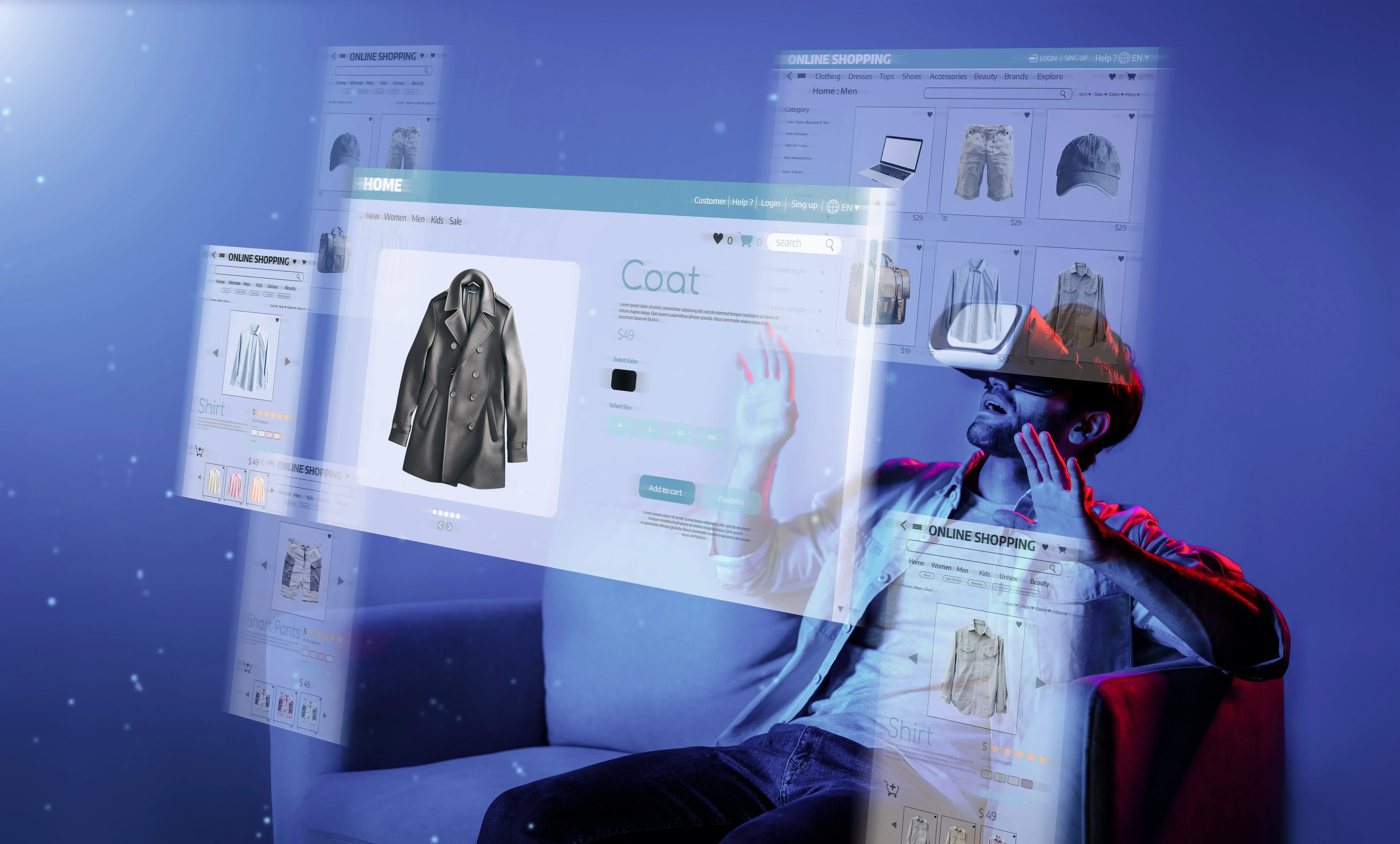The Rise of Digital Twins in Manufacturing: Real-Time Simulation & Optimization
Manufacturers today face unprecedented pressure to reduce downtime, increase throughput, and respond rapidly to changing market demands. Traditional approaches—periodic maintenance schedules, static process maps, manual “what-if” analyses—lack the agility and precision needed in Industry 4.0. Enter the digital twin: a live, virtual replica of physical assets, production lines, or entire facilities that consumes real-time sensor data, runs simulations, and prescribes optimizations on the fly.
In this deep dive, we’ll cover:
- What Is a Digital Twin?
- Core Components & Architecture
- Real-Time Simulation & Predictive Maintenance
- Process Optimization & Throughput Gains
- Integration with IoT, AI & Edge Computing
- Scalability & Data Management
- Security & Governance Considerations
- Case Studies & ROI Metrics
- Getting Started: A Manufacturing Digital Twin Roadmap
1. What Is a Digital Twin?
A digital twin is more than a static 3D model or a simple dashboard. It’s a dynamic software construct that:
- Ingests live data from sensors, PLCs, ERP systems, and external feeds.
- Updates its state continuously to mirror the physical counterpart.
- Runs simulations—finite-element analyses, flow simulations, queuing models—to predict behavior under new conditions.
- Provides insights and prescriptive actions to operators or control systems.
By closing the loop between the physical and digital worlds, digital twins enable proactive decision-making and continuous improvement.
2. Core Components & Architecture
a. Data Ingestion Layer
- Edge Gateways: Collect high-frequency telemetry (temperature, vibration, cycle counts) and push validated streams to the cloud or on-prem platform.
- Protocols & Standards: OPC-UA, MQTT, AMQP for interoperability with industrial equipment.
b. Time-Series & Contextual Data Store
- Time-Series Databases: InfluxDB, TimescaleDB, or cloud services optimized for high-volume writes and large retention periods.
- Contextual Stores: Catalog asset metadata, maintenance records, and process hierarchies in a relational or graph database.
c. Simulation Engine
- Physics-Based Models: Finite-element or computational fluid dynamics engines for structural and thermal simulations.
- Process Simulators: Discrete-event or agent-based simulators modeling production-line workflows and logistics.
d. AI & Analytics Layer
- Predictive Models: Machine-learning algorithms for anomaly detection and remaining-useful-life (RUL) estimation.
- Optimization Algorithms: Reinforcement learning or heuristic solvers to recommend set-point adjustments, scheduling changes, or resource allocations.
e. Visualization & Control Interface
- 3D Dashboards: Real-time renderings of facilities, with overlayed KPIs and simulation “what-if” controls.
- APIs & SDKs: Integrate insights into MES, SCADA, or digital-workflow systems for automated control loops.
3. Real-Time Simulation & Predictive Maintenance
Digital twins enable predictive maintenance by continuously analyzing equipment health:
- Data Fusion: Combine vibration spectra, temperature trends, and load profiles to detect early signs of wear.
- RUL Prediction: Train ML models on historical failure data to estimate remaining useful life.
- Automated Alerts: Trigger maintenance tickets or schedule service when risk thresholds are crossed—minimizing unplanned downtime.
Real-time simulations can test alternative maintenance windows, balancing production targets against risk tolerance.
4. Process Optimization & Throughput Gains
Beyond maintenance, digital twins optimize entire workflows:
- Bottleneck Analysis: Discrete-event simulations reveal workstation queues, idle times, and throughput constraints.
- Scenario Testing: “What-if” experiments—adding shifts, reallocating workstations, changing batch sizes—run in minutes, eliminating physical trials.
- Continuous Tuning: Reinforcement-learning agents adjust conveyor speeds, robotic-arm timings, and buffer capacities to maximize OEE (Overall Equipment Effectiveness).
Manufacturers report throughput increases of 10–20% and cycle-time reductions of 15–30% using twin-driven optimizations.
5. Integration with IoT, AI & Edge Computing
Edge-Based Inference
Deploy lightweight anomaly-detection models on edge devices to pre-filter events and reduce bandwidth. Only critical data or aggregated metrics traverse to the central twin.
Hybrid Deployments
Use cloud platforms for heavy-duty simulations and centralized analytics, while edge clusters handle low-latency control loops—ensuring both scalability and responsiveness.
Feedback Loops
AI recommendations flow back into PLCs or MES systems via OPC-UA calls, closing the loop for autonomous adjustments.
6. Scalability & Data Management
Handling millions of sensor readings per second demands robust data strategies:
- Partitioned Storage: Shard time-series data by asset or time windows to distribute load.
- Compression & Aging Policies: Compress older data and move to cheaper storage tiers, retaining high-resolution windows only where needed.
- Data Governance: Catalog data lineage and apply retention and anonymization policies to comply with regulations and IP protection.
7. Security & Governance Considerations
Digital twins introduce new attack surfaces:
- Secure Device Authentication: Use mutual TLS or hardware-rooted certificates (TPM) to verify edge gateways.
- Role-Based Access Control: Granular permissions for engineers, operators, and external partners—limiting who can run simulations or adjust parameters.
- Audit Trails & Versioning: Track twin-model versions, simulation inputs, and decision logs for compliance and explainability.
A centralized governance framework ensures models and simulations evolve under controlled change-management processes.
8. Case Studies & ROI Metrics
Automotive Assembly Plant
- Twin-driven line balancing reduced takt time by 18%.
- Predictive maintenance prevented 75 hours of unplanned downtime monthly—saving $200K annually.
Chemical Refinery
- Real-time thermal simulations optimized heater setpoints, cutting energy use by 12%.
- Anomaly detection on pumps forecasted failures 3 weeks in advance, slashing maintenance costs by 30%.
Pharmaceutical Manufacturer
- Integrated twin for clean-room airflow control maintained critical environmental parameters within tighter tolerances, reducing batch rejects by 25%.
9. Getting Started: A Manufacturing Digital Twin Roadmap
- Pilot Selection: Choose a high-value asset or line—one with dense sensor coverage and significant downtime costs.
- Data Infrastructure: Stand up edge gateways, time-series DB, and context stores.
- Model Development: Build physics and ML models in parallel—validate on historical data.
- Integration & Visualization: Connect twin insights to operator dashboards and control systems.
- Iterate & Scale: Expand to additional lines, apply lessons learned, and refine models with new data.
Conclusion
Digital twins are reshaping manufacturing by merging real-time data, advanced simulations, and AI-driven optimization into a unified control plane. The result: minimized downtime, maximized throughput, and the agility to respond to market changes instantly.
At Consensus Labs, we partner with manufacturers to architect scalable twin platforms—from data ingestion and simulation engineering to AI integration and governance frameworks. Ready to transform your operations with digital twins? Contact us at hello@consensuslabs.ch.

